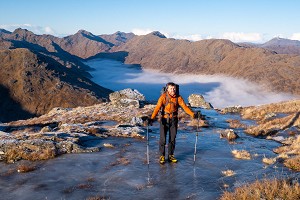
If you wanted to make a lightweight belay jacket that still offered a decent amount of synthetic insulation for general climbing use, then you might come up with something very like the Apogee. The cut does not feel that suited to being on the move; this is very clearly a jacket designed for long stationary periods in the cold. Whether worn on a winter belay (its primary function), a summit stop on a winter walk, or a snowy camp, it offers good performance at a fair price.
Fit
I've been using the Apogee in size Medium (I'm about 5'11'' and 75kg); on me this is sized perfectly for use as a winter climbing belay jacket, with plenty of room to layer it over everything else. There is a lot of space around the shoulders and upper arms, for instance, so I do not have to fight my way in or out of it despite wearing it with other winter climbing layers (Alpkit Katabatic jacket plus Alpkit Definition shell). With plenty of length in the arms and body, and a dropped hem at the rear, the Apogee provides good cold weather coverage. However I do feel it is best at being stationary; it does not have much of an on-the-go feel, and if you reach up, the waist lifts a long way. On the plus side the Apogee is available in both men's and women's versions.
Insulation
The Apogee uses PrimaLoft Gold, a leading synthetic fill that offers high levels of insulation for its weight, and excellent moisture management - just what you want in a winter belay jacket. PrimaLoft Gold resists water uptake and dries quickly; it's warm even if it does get wet; and should you want to wear it on the move it is more breathable than most synthetic fills. It also needs less stitching to hold it in place, and this means fewer potential cold spots. Alpkit give you 100gsm of fill on the body and 80gsm on the hood and arms, which seems a sensible amount for a layer that you want to be easily packable but still warm enough to wear for long stationary periods.
By way of comparison, take the Mountain Equipment Prophet, as reviewed here. Both use PrimaLoft Gold, but in the Prophet you get slightly less at 80gsm throughout. The Prophet's fabric is a lot more durable and weatherproof though, boosting its insulating properties in the wind and wet and arguably making this a more versatile jacket that's tougher for using on the move (it is also cut better for movement); however the Apogee does offer slightly more of the same top notch fill. In terms of weight, they are fairly equivalent (Apogee 540g size L; Prophet 510g size L). The key difference for many will be the price: at £160, the Apogee is in a different ball park to the Prophet at £270.
However it's worth bearing in mind that compared with a super-snug belay refuge such as the Montane Spitfire (200gsm Primaloft Gold in the body) or the Rab Photon X (133-193gsm) the Apogee is a relative lightweight. If you really feel the cold, or anticipate particularly long belay sessions (hard mixed routes, for instance) you may not find it warm enough.
Fabric
The outer fabric is very thin ripstop nylon (15 denier, 35gsm). This fabric is anonymous and not identified by brand, however some performance data is provided in terms of water resistance - a hydrostatic head of 300mm. For a jacket that is likely to see plenty of spindrift, drips etc this does not seem a lot, and I think I'd prefer to save the Apogee for sub-zero days as a result. For mid-layer clothing the outer fabric may be of less concern, but for outer-layer clothing like this some people may prefer a tougher and more weatherproof fabric, even with the insurance of a moisture resistant insulating material inside.
The outer is so thin in fact that you can see through the front of my blue coloured review jacket to the internal seams and structures around the front pockets. This suggests that this is not the kind of jacket to be wearing for regular winter thrutching about. Back and footing up a granite chimney would risk damage. On the plus side the use of this fabric may have been pivotal in keeping the weight down, and in my experience to date it is a sufficient barrier to the wind on frozen belays.
The internal polyester fabric is heavier than the outer, at 45gsm. It is nice and smooth, making the Apogee easy to slip on over bulky, frozen-up shell clothing and gloves.
Weight and packability
My size Medium weighs in at 536g, which seems more than fair for a jacket this thick. It also scrunches up pretty small. The stuff sack is probably not the most efficient way of carrying it though. Instead I've been packing it in loose at the bottom of my rucksack at the start of winter climbing days; the weight of all the other junk just squashes it to nothing. Given it is a belay jacket, being able to stuff it into one of its own pockets with a loop to clip onto your harness would have been a useful feature. Perhaps Alpkit could consider adding this in future?
Hood
As this is such an important part of a winter climbing jacket, it's surprising how often hoods are poorly executed. No big worries on this score with the Apogee, though there are a couple of minor niggles. In keeping with its belay role you get a proper helmet-sized hood that fits even high volume polystyrene-style helmets without restricting head movement; that's the key box ticked then. Three volume adjusters are provided, one at the rear and one on each side. The tails of the side volume adjusters are directed down into the the front pockets. I think a less fiddly solution would have been for them to emerge onto the outside of the jacket (low enough down that the elastic couldn't whip you in the eye of course), where you could see them and easily operate them with clumsy gloves. Alpkit already do this with some of their established jackets, so why the change to an inferior design here?
The hood works best when you're wearing a helmet, but leaves a bit to be desired when used on a bare head. With no helmet to fill out its volume, I've found the drawcord closes too close around your face, obscuring peripheral vision. Again, this suggests a jacket that was designed with winter belaying primarily in mind. It's not a show stopper for helmet-free walkers, but definitely one to bear in mind.
Cuffs
The cuffs have both an external Velcro adjustor (so far so normal) and also an internal stretchy wrist/palm warmer 'sock' arrangement, with a thumb hole (less normal). Even if you do not go for the 'full thumb insertion' it is a good seal against the weather such that the Velcro closure almost seems redundant, at least in the conditions I have so far worn the Apogee in. This sock thing may be an acquired taste, but it is certainly effective. Being very stretchy, it gives a snug fit on a bare wrist yet can still be put on wearing bulkier gloves.
Pockets
There is one internal zip pocket and a couple of good sized outside pockets with external zips. These are cut high, finishing above where a climbing harness might sit. They are not really hand warmer pockets as there is no external extra layer of insulation. Also, when I put my hands in the pockets it feels as though there's quite a bit of strain placed on the open zipper at the bottom; this is because it is quite high up. It is a small zip, so it could be vulnerable to getting knackered if you did this a lot. I think these pockets are best saved for stuff, rather than hands.
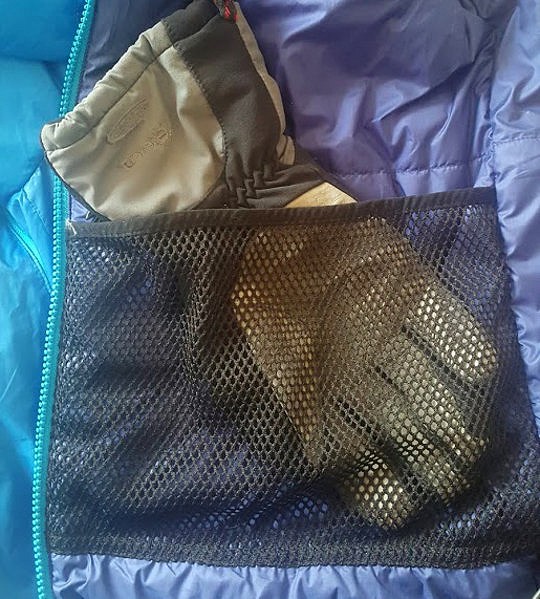
Ever shoved a pair of gloves down the front of a belay jacket, forgetting it is not tucked into your harness? Well, the Apogee has a solution; there are two mesh pouches on the inside perfect for warming up snowy climbing gloves. It would have been good if they were a little deeper.
Zip
The chunky YKK front zip has a durable feel. Backed with a draught excluding baffle, the zip has double zippers for easy harness access.
Summary
The market is bursting at the seams with synthetic insulated jackets. A lot of these are all-rounders, but the Apogee definitely feels a bit more niche, that niche being winter climbing belays. Of course, for non-climbing walkers this also makes it ideal for standing around in other contexts - think high camps in cold weather for instance. On the downside the cut is not great for movement, and the lightweight face fabric is not really durable enough for climbing anyway. On the upside, its top end insulation makes it very warm for its weight, yet still light and easily packable. For the money, this is a good buy.
Alpkit say:
"Apogee is a packable, lightweight, and low-maintenance insulated jacket for keeping you warm in damp conditions where temperatures are around freezing."
"Designed with Scottish winters and icy days at the crag in mind, Apogee is feature-packed for mountain use. The helmet compatible hood, integrated wrist-warmers, dropped hem on the back and internal zip baffle fend off draughts. The two-way zip gives you access to your harness, and a relaxed cut means you layer up over a shell when the temperatures plummet. 80 gsm of insulation in the arms enhance your freedom of movement."


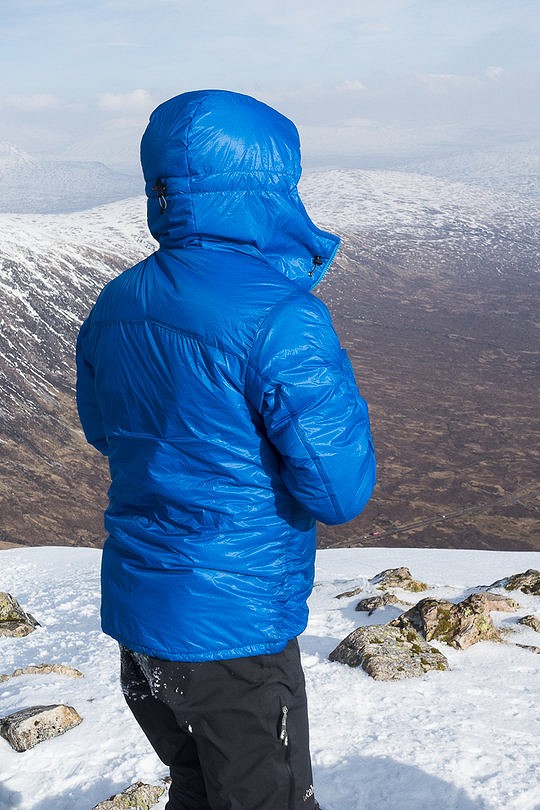
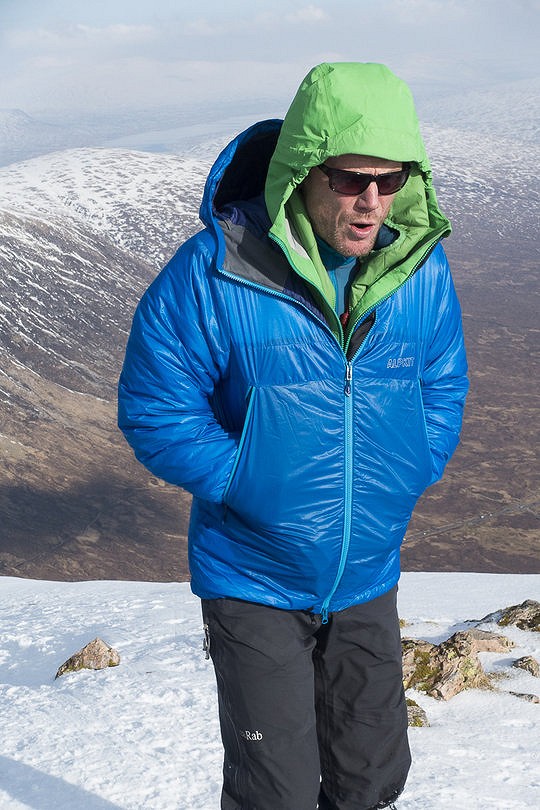
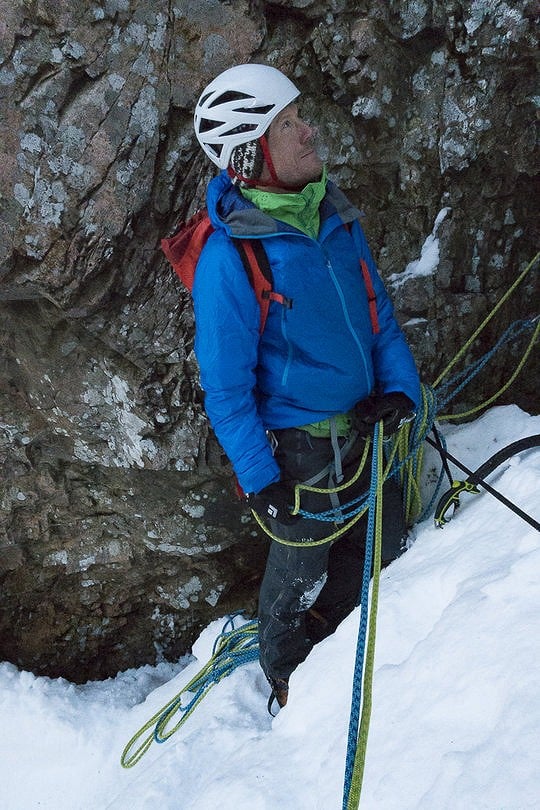
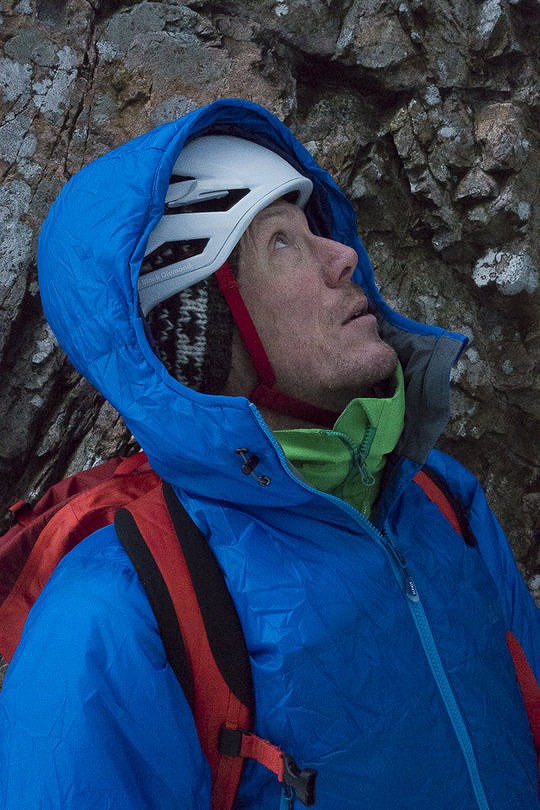
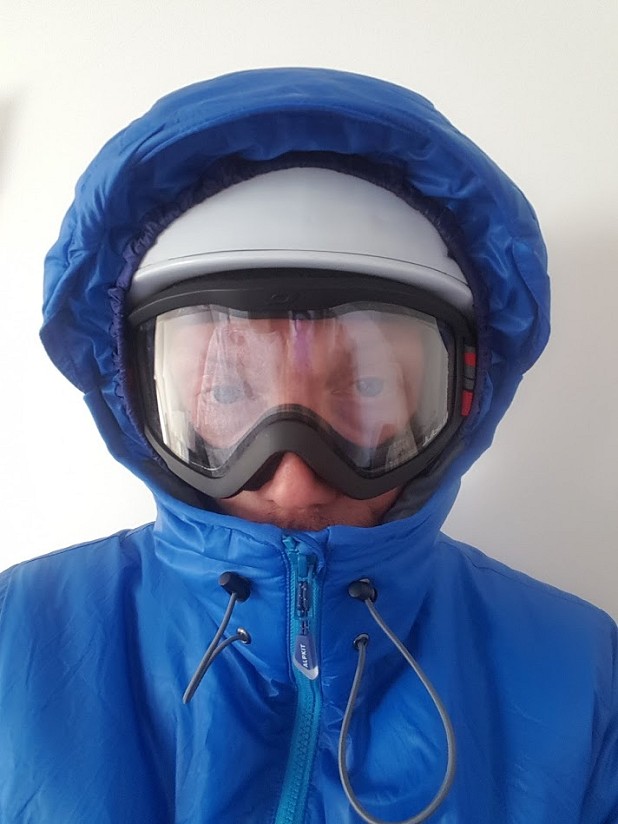
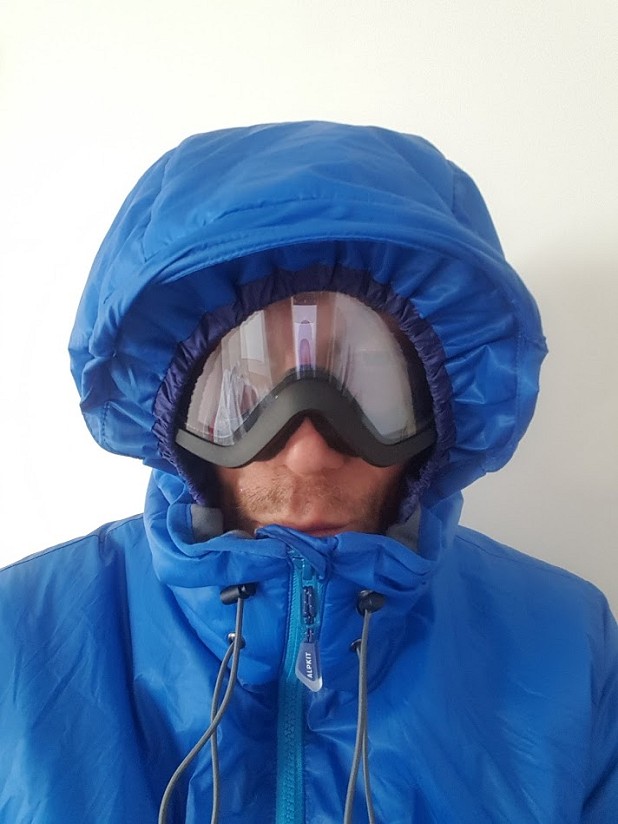
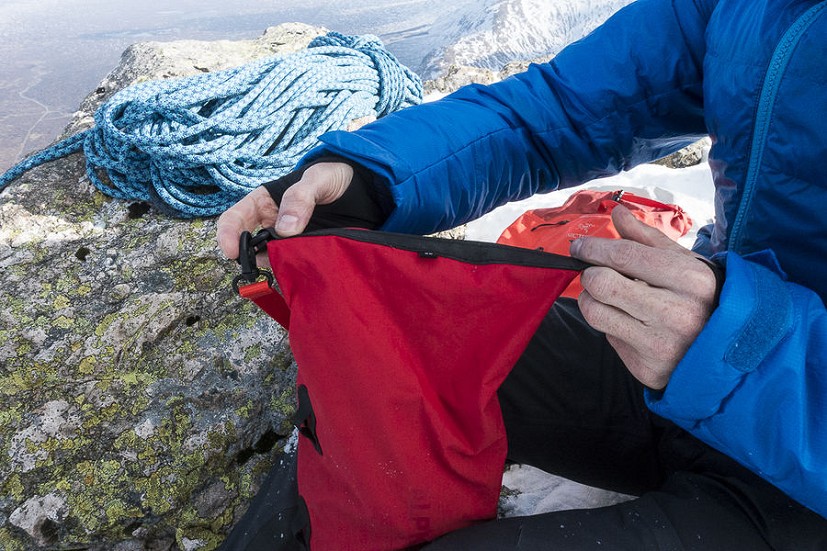
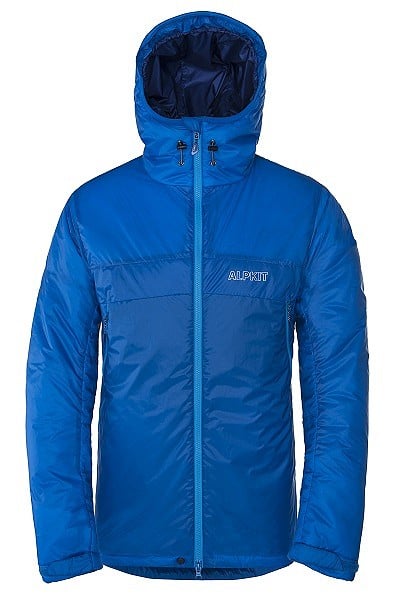
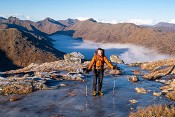


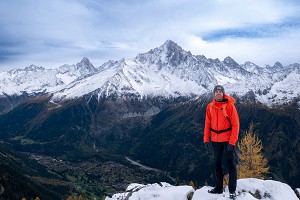

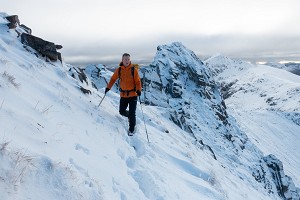

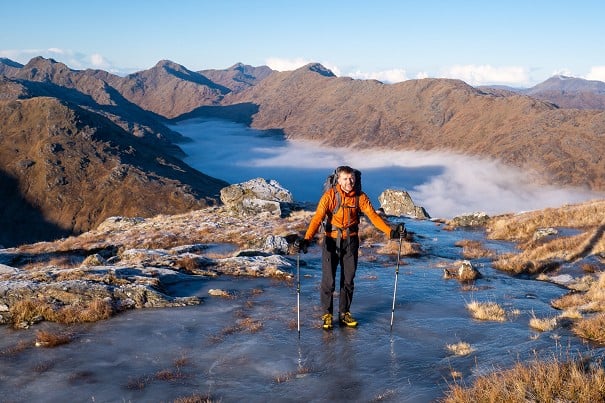

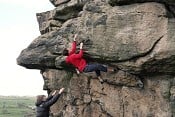
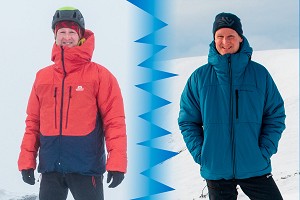

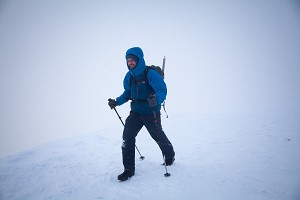

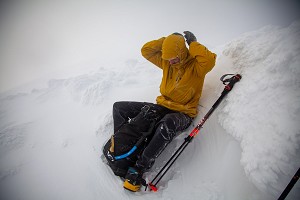
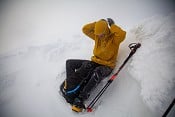




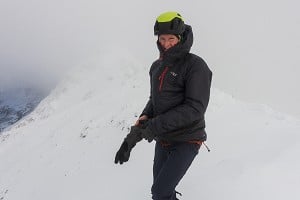
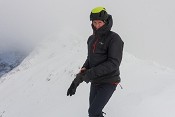


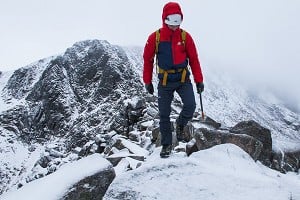







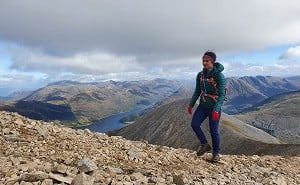
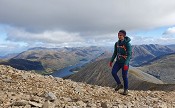


Comments
Montane Prism, better and lighter and cheaper, my always in the bottom of my rucksack jacket.
That's a good jacket too, but a very different one. Better? In what sense? It's lighter and cheaper because it's got a lot less insulation in it (and it's less top-of-the-range insulation too): 40gsm as opposed to 100/80gsm. So it's clearly nowhere near as warm. However the face fabric looks better on paper. It's also designed to be worn on the move and can function as a midlayer, two things the Apogee definitely isn't.
So you've got a lightly insulated jacket/midlayer for moderate conditions versus a midweight winter climbing belay jacket. They're not really comparable...
I'm in the market for exactly this kind of jacket, but the hood puts me off here, as I'd mainly be using without a helmet. Also, The problem with comparing RRPs in reviews is online discounting. The ME Prophet can be found for around or even just under the same price as the Apogee, but Alpkit is almost never significantly reduced from the ticket price. Not sure how you get around that, but just thought worthy of comment.
Replacing my Rab Generator with the same used to be a no-brainer, but now it's discontinued I think I'll wait til the end of season sales start properly hitting and look for bargain.
40grs of Primaloft as a winter belay jacket??? You must be superhuman ;-)
I don't think I've ever seen the prophet for less than £230, even when not in my size, but maybe I'm not looking in the right places??? It's the same grams of Primaloft as the Alpkit. So still a way to go to the £160 of the Apogee. Not trying to do the hard sale here but Alpkit does do regular clearance like the one they have now, some items down 50%.
I've used the prototype of the Apogee lots in Scotland and whilst I agree that the outer fabric is thin and it's easily damaged by spiky things, I do prefer that is lighter and more packable using a lighter outer as I have to carry it with me up a climb. Plus, is not that my other brands' belay jackets fair any better to damage with thicker fabrics. The one thing I gotta say is that the cuff sock is annoying with wet belay gloves, I cut mine one off so I can put and take off the jacket without taking my gloves off.
In my view, this jacket, like most Alpkit gear, whilst not having all the signing and dancing fancy bits, it does the job really well at a good price and you still get Gold Primaloft insulation like any other manufacturer. Plus you get an amazing after-sale care and repair, something that other brands can't or won't do (£70 to repair a busted Rab zip anyone ;-) ???)